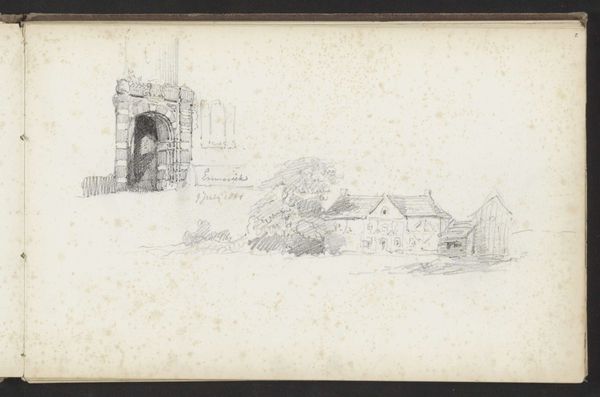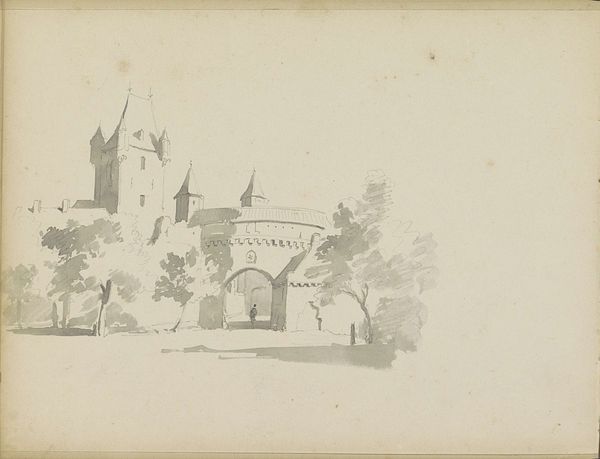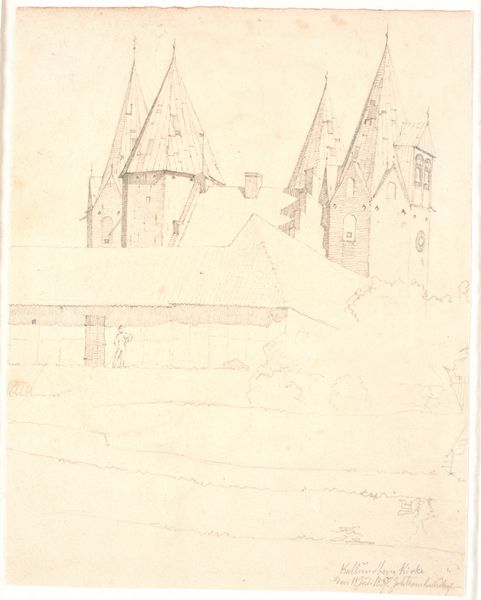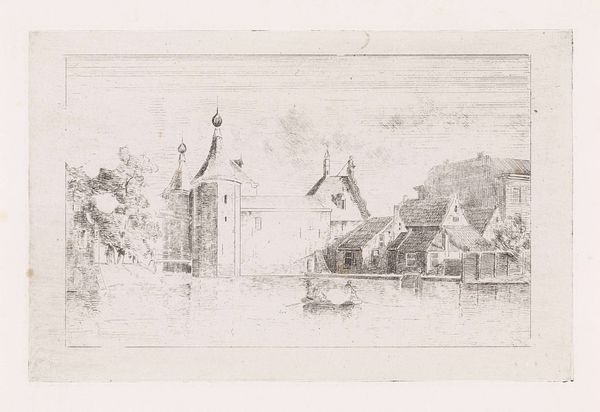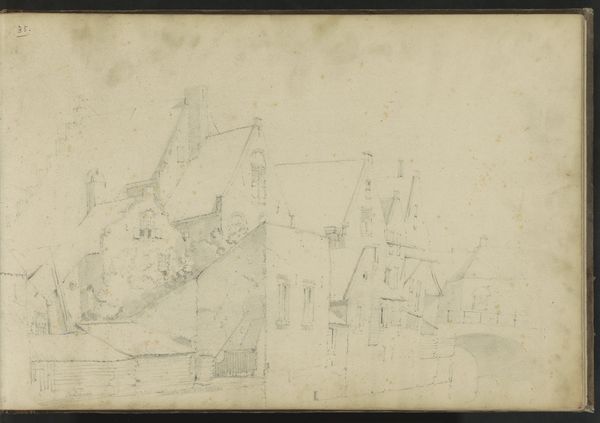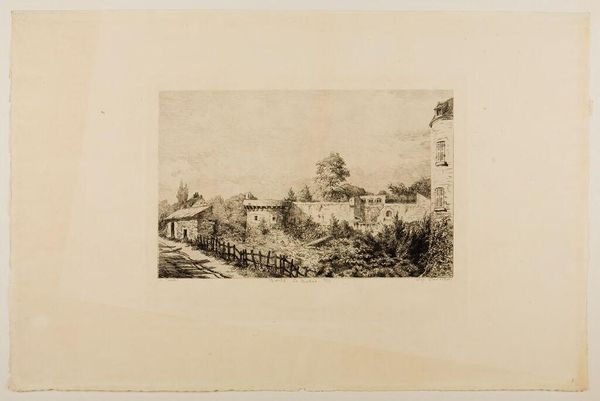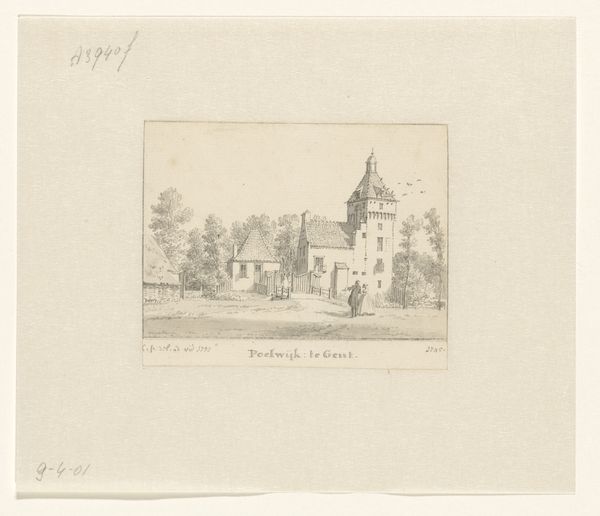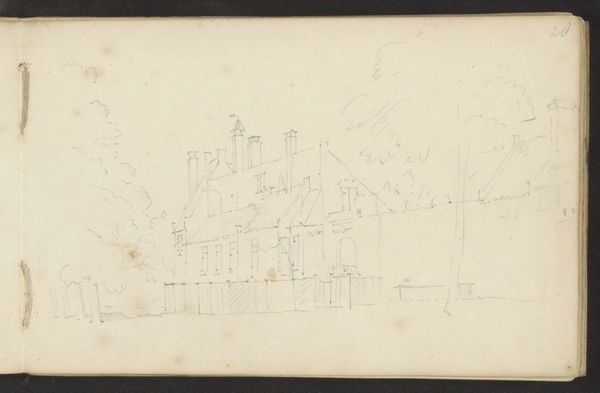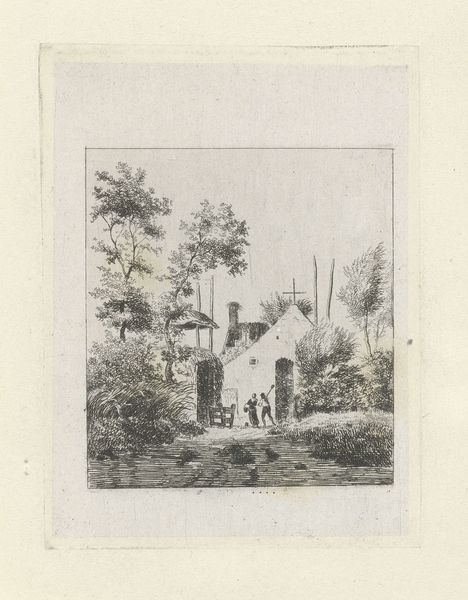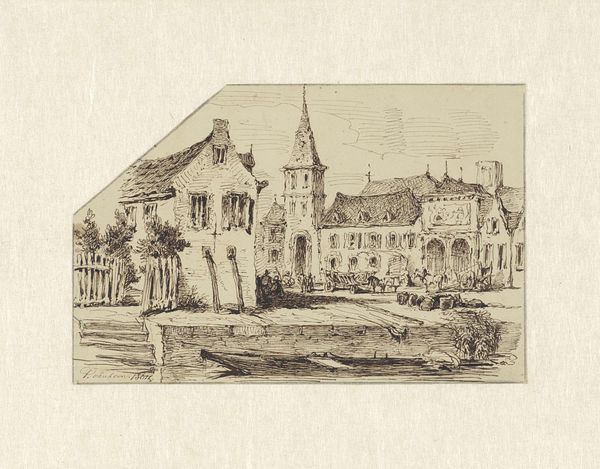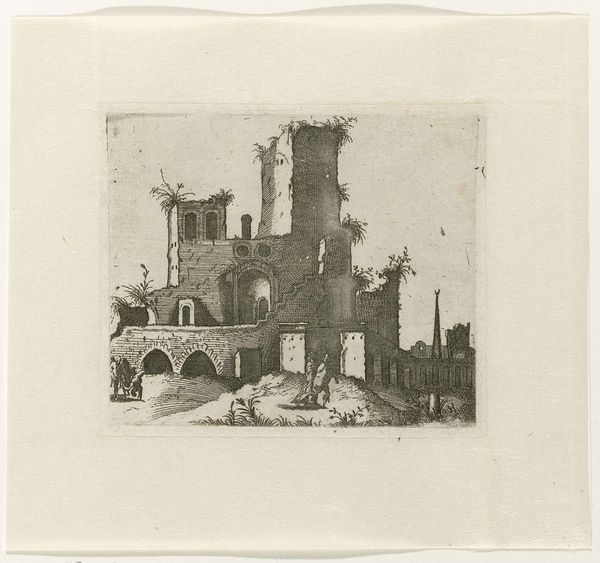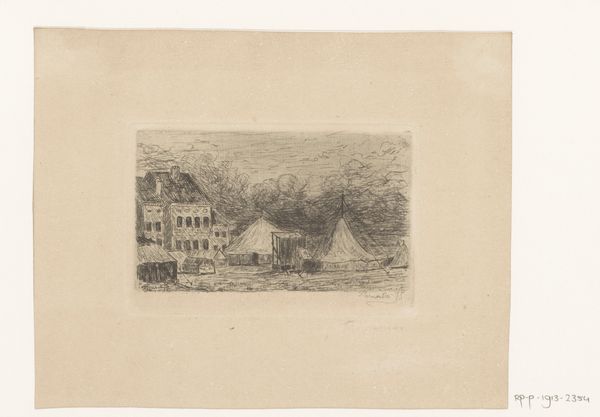
drawing, pencil
#
drawing
#
dutch-golden-age
#
landscape
#
etching
#
pencil
#
realism
Dimensions: height 156 mm, width 399 mm
Copyright: Rijks Museum: Open Domain
Editor: We are looking at "View of Kasteel Hagestein," a drawing by Roelant Roghman, dating from around 1646-1647. It's currently held at the Rijksmuseum. The peacefulness really strikes me—what do you see in this piece? Curator: Well, placing this work within the Dutch Golden Age context, it speaks volumes about the socio-political climate and the rise of a mercantile class. These detailed landscape drawings, like Roghman’s, served a purpose beyond mere aesthetics. Who was commissioning such art, and why? Editor: Perhaps wealthy merchants who wanted to document their holdings, their status? Curator: Precisely. Landscape art moved away from solely religious or mythological scenes to focus on the tangible world, the prosperity of the Dutch Republic. Roghman, influenced by his uncle Rembrandt, portrays a real place, yet subtly emphasizes its grandeur. Consider how the composition, with the castle mirrored in the water, reinforces a sense of stability and control. Do you think such images influenced public perception? Editor: Absolutely. Displaying these landscapes showed off national pride. But was it accessible to all? Did common people ever see art like this? Curator: Good question. While displayed in private homes, prints after these drawings circulated more widely. These reproductions democratized the image to some extent, disseminating notions of Dutch prosperity, influencing social values. It begs the question, whose stories are missing when we examine only elite artwork? Editor: That’s something to think about. I didn’t really consider how the imagery served the prevailing political narrative at the time. Curator: It's crucial to analyze art as a reflection of its historical moment, the power dynamics it upholds or challenges. Roghman’s castle view tells a silent story of burgeoning capitalism. Editor: I’ll definitely look at art with a broader historical lens from now on, considering its cultural implications.
Comments
No comments
Be the first to comment and join the conversation on the ultimate creative platform.
